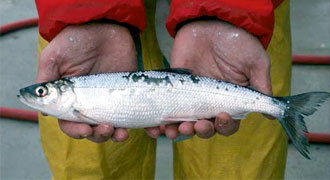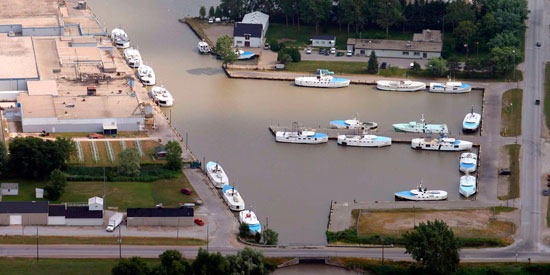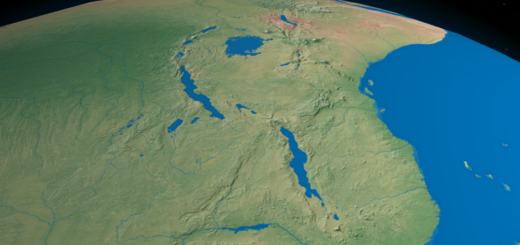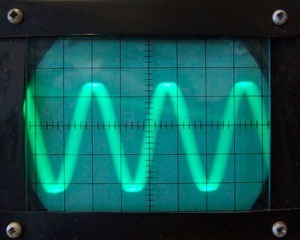USGS study develops new surface water carbon model
0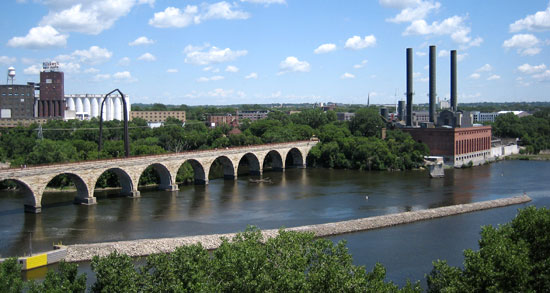
A new carbon model indicates that in larger U.S. rivers, such as the Mississippi River, photosynthesis by algae is the one of most significant sources of organic carbon.
As part of a U.S. Geological Survey-led study, researchers have devised a new carbon model to help assess the nation’s surface water interactions with the carbon cycle. U.S. streams, according to this new model, can act both as significant carbon sinks and sources.
“Model estimates help managers and researchers track carbon transport in streams, which is information that is ultimately needed to improve our understanding of the fate of rising carbon dioxide levels in the atmosphere,” said Dr. Richard Smith, a USGS hydrologist and coauthor of the study. “The study contributes new information on the role of rivers as sources and sinks for organic carbon at regional and continental scales, for which scientific knowledge is rather limited.”
One of the largest sources of organic carbon in major U.S. rivers results from algal photosynthesis, according to the study. In coastal waters, including the Great Lakes, greater amounts of carbon are generated by land sources including forests and wetlands.
The new model also helped to generate estimates of how much organic carbon is removed from surface water, either by being sequestered in river-bottom sediments or oxidized back into the atmosphere in the form of carbon dioxide.
The researchers utilized a hydrological mass-balance model and long-term data sets from 1,125 streams, national geospatial information that included a river network of roughly 62,000 reaches, and additional data of the rivers’ drainages, land cover, climate, soils, and estimates of the supply of carbon to streams from primary production to draw their conclusions.
The study was conducted in collaboration with Resources for the Future and Pennsylvania State University.
To read the full report, visit http://pubs.usgs.gov/of/2010/1276/of2010-1276.pdf.
New model to measure organic carbon in surface waters [Sify News] Image Credit: http://www.flickr.com/photos/chris-yunker/2564365280/in/photostream/




